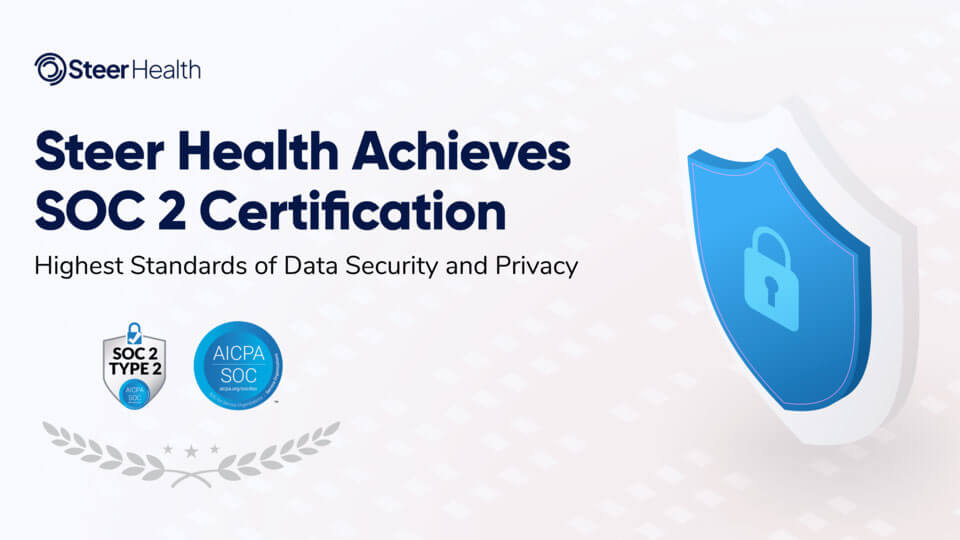In the realm of healthcare, patient engagement is a multifaceted endeavor, crucial for the overall success and growth of medical practices and hospitals. Understanding the various facets of patient engagement is essential for providing comprehensive care and fostering long-term patient relationships.
Unfortunately, a significant number of healthcare practices primarily focus on reactive engagement, missing out on opportunities to enhance patient satisfaction, loyalty, and ultimately, revenue.
In this article, we will explore the three primary ways of engaging patients: reactive engagement, self-service engagement, and proactive engagement.

1. Reactive Engagement
Reactive engagement involves responding to patient needs and interactions in real-time. It includes actions like sending appointment confirmations after a patient books, appointment reminders, and follow-up communications. While this form of engagement is undoubtedly important, it often represents the extent of engagement efforts in many healthcare practices.
Key considerations: How do we streamline these processes?
Streamlining these processes is crucial to ensuring that patient communication is both efficient and effective. The goal here is to shorten and simplify communication, reducing the administrative burden on healthcare staff.
Strategy: Automation
One strategy to achieve this streamlining is automation. Automating appointment reminders and follow-ups not only reduces manual work but also ensures that patients receive timely and consistent communications. Automation can further be tailored to patient preferences and the specific needs of the medical practice.
Timing: Momentum-based
Reactive engagement should occur at key moments in the patient journey. This is often momentum-based, with communications triggered by specific actions or events, such as appointment bookings or treatment follow-ups.
2. Self-Service Engagement
Self-service engagement empowers patients to take control of their healthcare experience. It involves providing tools and resources that enable patients to manage various aspects of their care independently. This includes everything from finding providers to seeking answers to health-related questions and scheduling appointments.
Key Considerations: How do we make experiences seamless?
The primary objective of self-service engagement is to make the patient experience as seamless as possible. Patients should be able to meet their healthcare needs without unnecessary friction or barriers.
Strategy: Patient Empowerment
To achieve seamless experiences, healthcare providers should focus on patient empowerment. This involves offering user-friendly online portals, mobile apps, and informative resources that allow patients to access information, schedule appointments, and make informed decisions about their care without having to contact you and wait for a response each time.
Important Statistic: 3 out of 4 patients believe that providers who offer healthcare mobile technology create a faster and more convenient experience for patients.
Timing: Ongoing
Self-service engagement is an ongoing effort, designed to provide patients with the tools and resources they need throughout their healthcare journey.
3. Proactive Engagement
Proactive engagement takes patient communication a step further by initiating interactions rather than merely responding to patient actions. This approach includes sending health reminders, sharing news and updates about things like new vaccines or procedures, and recognizing important events in a patient’s life, such as birthdays.
Key Considerations: How do we capitalize on these moments?
The key to effective proactive engagement is capitalizing on these moments to build patient loyalty and trust.
Strategy: Personalized Messaging and Marketing Campaigns
Proactive engagement often involves personalized messaging and marketing campaigns via social media, email, website content, and so on. Tailoring communications to patient preferences and needs and educate them about important health benefits and news can significantly enhance the patient experience and foster a sense of connection with the healthcare provider.
Timing: Ongoing
Proactive engagement should be an ongoing effort to maintain patient engagement, strengthen relationships, and keep patients informed about relevant healthcare matters.
Enhance your reputation by engaging patients consistently
Developing strong patient engagement strategies not only helps retain patients, but also impacts your reputation. The more engaged patients are and the more visible your marketing is, the stronger your reputation will spread both offline and online.
Today, where more than 70% of consumers search for health information online, according to Pew Research Center, and 77% of consumers say they use online reviews as the first step in finding a new physician, a good online reputation is undeniable for success.
To conclude, each type of patient engagement—reactive, self-service, and proactive—requires a distinct strategy and messaging approach. While reactive engagement is essential for addressing immediate patient needs, mastering all three forms of engagement is worth the effort.
Threefold engagement streamlines processes, enhances patient experiences, and lays the foundation for long-term growth. By investing in these strategies, healthcare practices and hospitals can not only acquire more patients but also build a sustainable growth strategy rooted in patient-centric care.
Ready to learn more? Schedule a demo and discover how Steer automates your patient engagement strategies.









